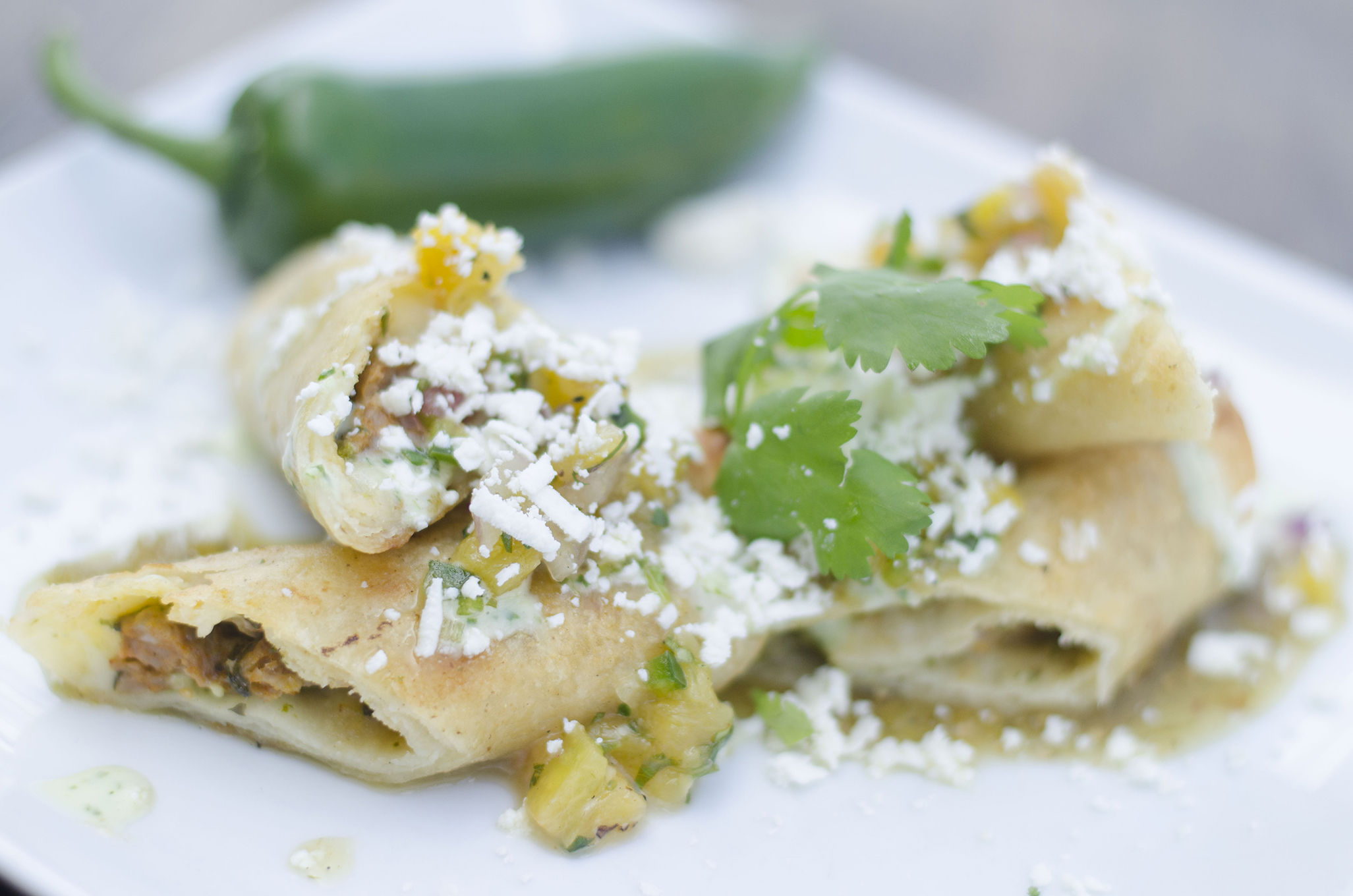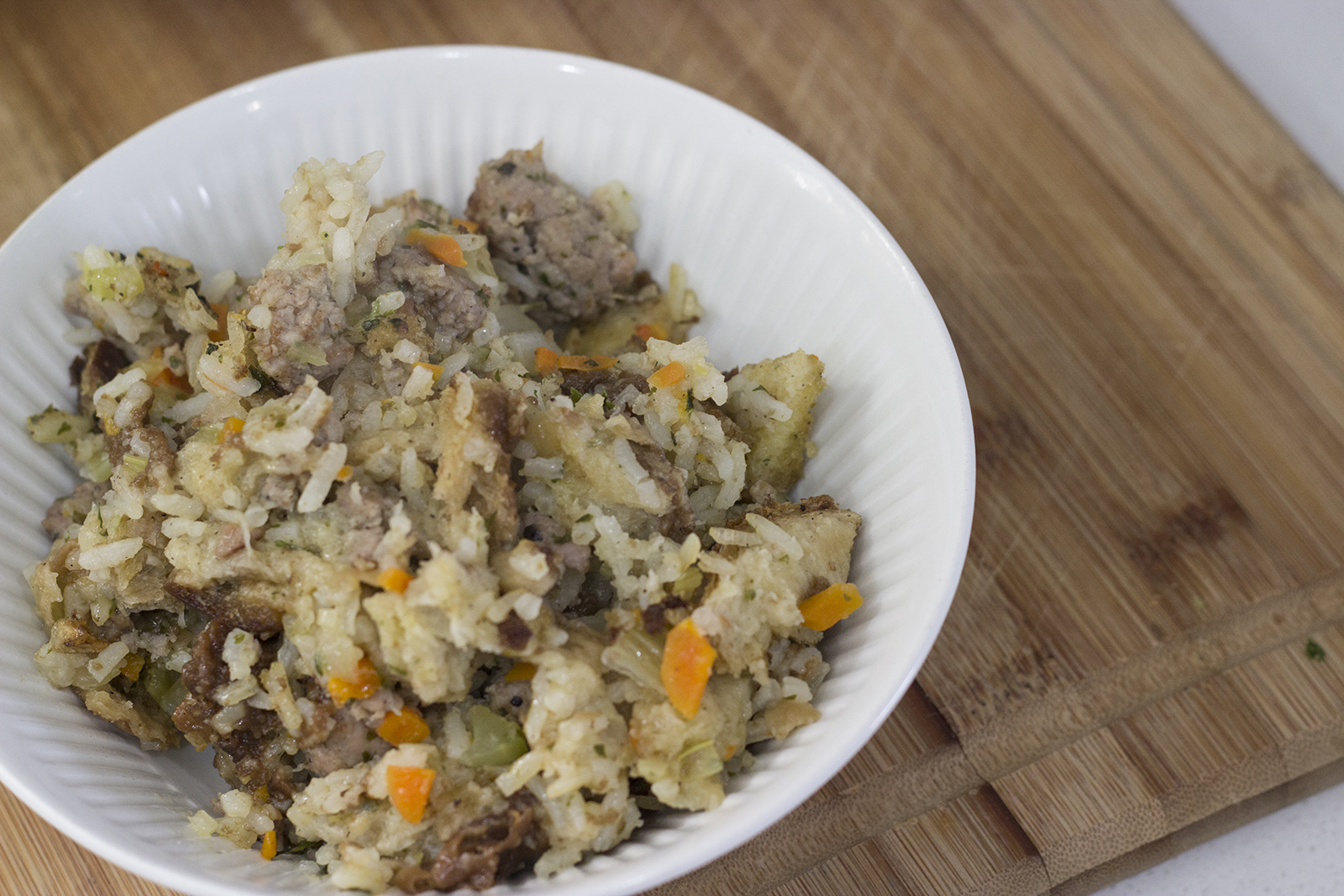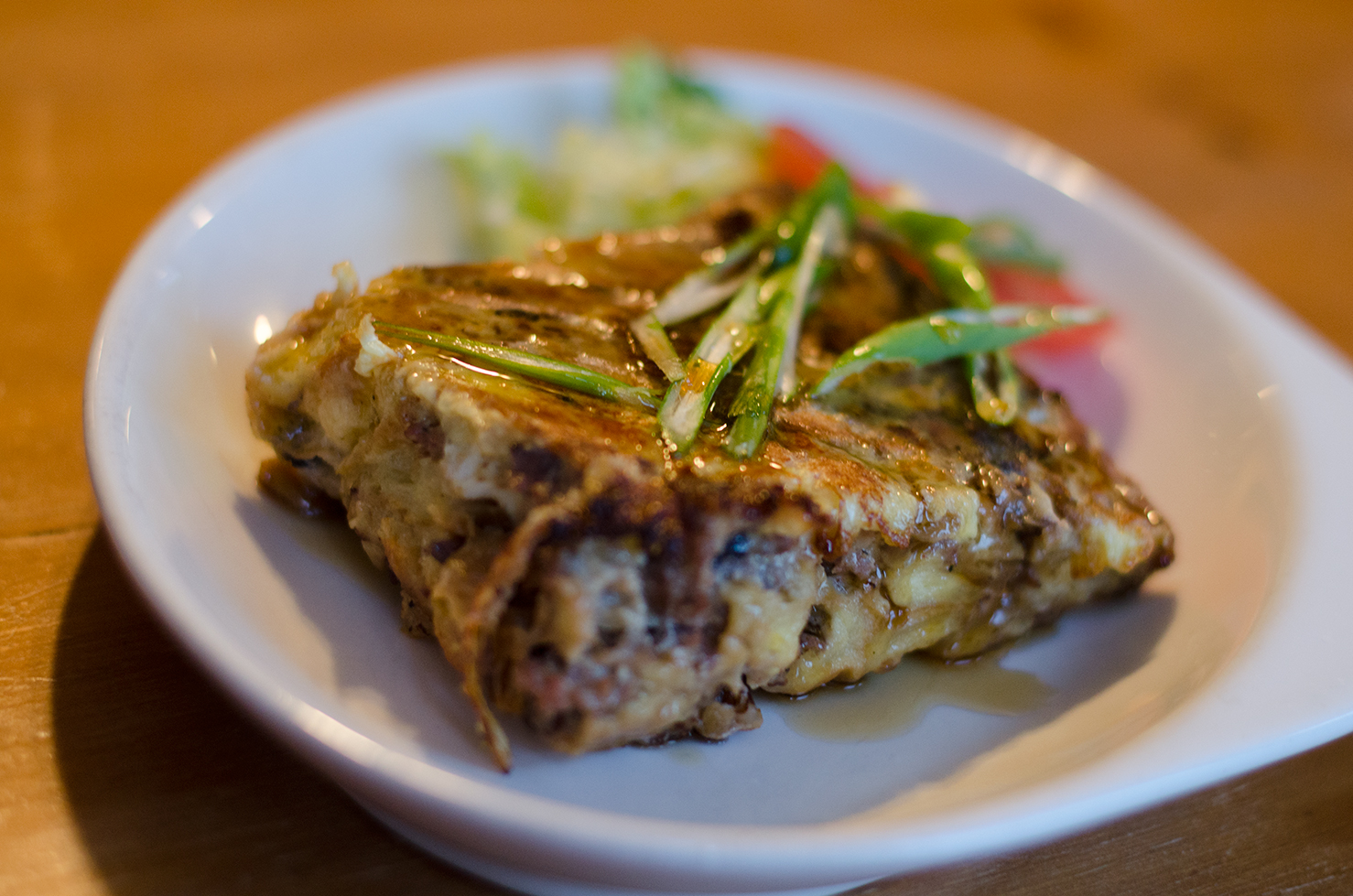
Years ago, while in Sicily, my mother’s family invited us over for lunch. While there were many dishes on that table that caught my eye, it was the panzanella that intrigued me the most. Teresa, my mom’s cousin, cut up a loaf of stale bread, soaked it in water and added it to a salad of tomatoes and onions.
So simple, yet it ended up being one of the best salads I’ve ever had. Vine ripened tomatoes that had soaked in the Sicilian sun, fresh basil that she tore up with her hands, sweet onions and rich Sicilian olive oil. It was a classic, rustic, Italian dish shared amongst family and friends.
With tomatoes reaching their peak in the season and the basil in my mom’s garden looking extraordinarily lush and green, we thought we would share this perfect summer time salad.
Italians often pay homage to their food and so it comes as no surprise that “la panzanella” makes an appearance in Italian literature and folklore.
Sophia Loren once proclaimed “I don’t think you can find a poorer dish than this one., As a child during the war, when I’d see my grandmother busy preparing panzanella, I’d know right away that our household had run out of money. But I loved this kind of food so much that in absolute childhood innocence, I’d wish those hard times would come upon us more often.”
Panzanella dates back to the 14th century when it was first mentioned in Giovanni Boccaccio’s Decameron as “pan lavato” (washed bread). Ensuring food wasn’t wasted, resourceful peasants soaked their stale bread in water to soften it and added fresh vegetables and a vinaigrette.
Renowned painter of the Florentine Renaissance, Agnolo di Cosimo, or Il Bronzino as he was usually referred to, paid homage to the dish in the 16th century in his poem “La Cipolla di Bronzino Pittore” or “The Onion of Bronzino the Painter” where he describes a salad of onions and bread.
The tomato actually didn’t make an appearance in the salad until sometime after the late 1500s when the red fruit was introduced into the Italian diet.
As with most Italian cuisine, Panzanella is simple in its ingredients, preparation and appearance and a great way to use stale bread.
Choosing the right bread is important for this dish. Traditionally a “pan sciocco” or unsalted Tuscan bread is used but you can definitely substitute with ciabatta or a rustic loaf.
You can also add any favourite vegetable to Panzanella. I’ve often seen it with roasted peppers, capers, lettuce, garlic. It’s a versatile dish that makes use of mostly any vegetable you have in the fridge.
Panzanella
- ½ red or sweet onion, thinly sliced
- 2 ripe tomatoes, sliced
- 1/2 cucumber, sliced
- Fresh basil, torn or finely chopped
- 5 tbsp of olive oil
- 3 tbsp of red wine vinegar
- 1 loaf of stale Italian style bread or ciabatta
- Salt and pepper
Directions

- In a bowl, combine the tomatoes, cucumbers, onions and basil. Mix the vinegar and olive oil completely and add to the salad. You can additional oil and vinegar to taste, if required. Add salt and pepper to taste.

- There’s a few ways to moisten the bread. You can take the loaf and run it under a faucet with cold water. Or you can cut the loaf into cubes, without the crust, add to a bowl and add a bit of water to the bowl. Either way you do not want to soak the bread, only slightly moisten it. It shouldn’t be soggy.
- I like to cut the bread into cubes and just add a wee bit of water to the bowl. If you add to much water, just use your hands to squeeze all of the water out.
- Add the bread to the tomato mixture and toss. Adjust the seasoning with salt and pepper if required.

- Set aside for about 15 minutes to let the juices mingle a bit, the serve.








